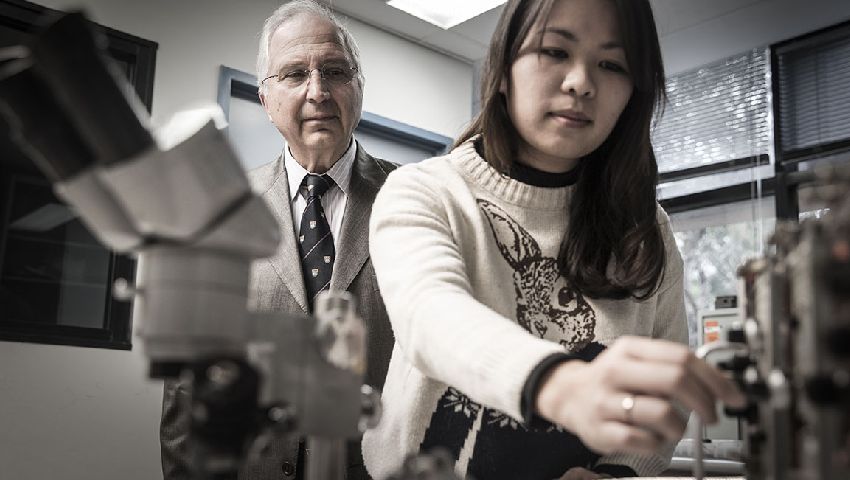The $480,000 (€300,000) in funding will be used by UOW’s Centre for Medical Radiation Physics (CMRP) and its development partner, Norwegian microelectronics foundry SINTEF, to design and fabricate a prototype of the radiation detector that can be used on space missions.
The patented silicon-based microdosimeter was invented by CMRP director Distinguished Professor Anatoly Rozenfeld. CMRP is internationally recognised as a leader in the field of radiation sensors for use in space exploration, medicine, aviation and homeland security.
The ESA is interested in the microdosimeter as a means of improving the safety of humans and electronics during space missions. It can act as a personal dosimeter for astronauts, predicting biologically relevant levels of hazardous space radiation, and also as an optimum radiation detector for predicting radiation damage in space microelectronics.
"Space weather is not always predictable and can produce harmful effect in electronics and to humans. For example, on a spacecraft, a chance incident where an ion strikes a sensitive node on a microchip can lead to what’s called a single event upset (SEU), which can totally destroy the chip functionality and leave the satellite without communication and navigation," Professor Rozenfeld said.
Cosmic radiation is one of the main health hazards associated with space travel and exploration. In humans, overexposure to radiation can cause cancer, damage to the foetuses of pregnant women and genetic defects that can be passed on to future generations. It can also cause damage to microelectronics during long-term space missions and high altitude flights.
The microdosimeters contain an array of sensitive micron-sized cylindrical sensors, nicknamed 'mushrooms' by the CMRP team, which mimic biological cells.
The ESA will be used by CMRP and SINTEF to:
- Design a tissue-equivalent sensor, with high radiation tolerance capable of low-power, real-time measurement of the mixed radiation field at cellular scale, mimicking the interaction between radiation and human tissue materials;
- Develop the underlying technology for tissue equivalent sensors and sensor fabrication; and
- Design and manufacture a prototype instrument based on the developed tissue equivalent sensors and off-the-shelf electronics.
CMRP physicist Dr Linh Tran, who contributed to the design and technology of the sensors and is leading the experimental studies of the technology, said the science of microdosimetry was continually advancing.
"We are planning to further develop solid state microdosimetry and nanodosimetry for space application to better understand the biological effects of space radiation and its effects on semiconductor microelectronics," Dr Tran said.
The CMRP is a research team within the school of physics at UOW. It is dedicated towards the development of semiconductor detectors and dosimeters for clinical applications in radiation protection, radiation oncology and nuclear medicine, as well as high energy physics applications.

